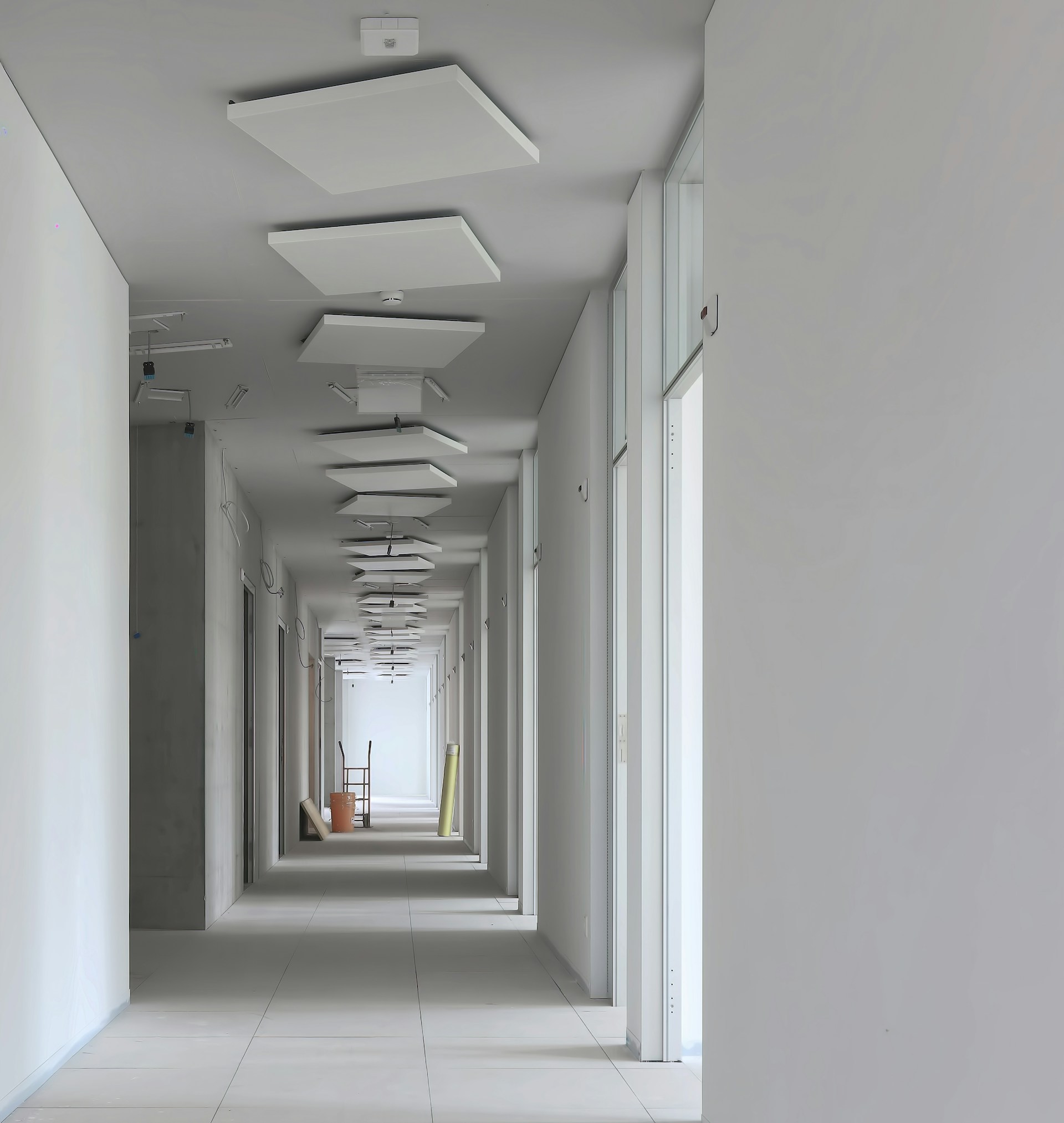Drywall Joint Compounds and Tapes: What to Buy for a Seamless Finish
When installing or repairing drywall, achieving a smooth, seamless finish depends largely on the quality of the joint compounds and tapes you use. Selecting the right materials ensures strong, crack-resistant joints and professional-quality results, whether you’re patching a small hole or finishing an entire room.
In this guide, we’ll explore the different types of joint compounds and drywall tapes, their strengths and weaknesses, and recommendations on what to buy based on your specific project needs.
1. Understanding Drywall Joint Compound
Drywall joint compound, often referred to as “mud,” is essential for covering seams, filling gaps, and creating a smooth surface over drywall joints. There are two main types: ready-mix and setting-type compounds.
Ready-Mix Joint Compound
Ready-mix joint compounds come premixed in a bucket or box, making them convenient and easy to use. They are available in different formulations:
- All-Purpose Compound – A versatile option that works for embedding tape, filling gaps, and finishing the surface.
- Topping Compound – A lightweight version that is easier to sand, used for final coats to achieve a smooth finish.
- Lightweight Compound – Easier to spread and sand, reducing labor time and making it ideal for beginners.
Pros: ✔ Convenient and ready to use right out of the container. ✔ Smooth consistency for easier application. ✔ Ideal for DIY users and standard drywall projects.
Cons: ✖ Takes longer to dry (usually 24 hours per coat). ✖ Shrinks slightly, requiring multiple coats. ✖ Less durable than setting-type compounds.
Setting-Type Joint Compound
Setting-type compounds (also called “hot mud”) come in powder form and must be mixed with water before use. They dry via a chemical reaction rather than evaporation, making them faster-drying and more durable. Common varieties include:
- Fast-Setting Compound – Dries in as little as 5 to 90 minutes, depending on the formulation.
- Durable Setting-Type Compound – Hardens significantly, reducing shrinkage and preventing cracks.
Pros: ✔ Faster drying times allow quicker project completion. ✔ Less shrinkage means fewer coats needed. ✔ More durable and crack-resistant than ready-mix compounds.
Cons: ✖ Harder to sand once dry, requiring precise application. ✖ Requires manual mixing, making it less convenient. ✖ Short working time, so it must be applied quickly.
Which Joint Compound Should You Buy?
If you’re a beginner or working on standard drywall seams, ready-mix all-purpose compound is the easiest choice. For large projects or repairs that need extra durability, a setting-type compound will prevent future cracks and reduce drying time.
2. Choosing the Right Drywall Tape
Drywall tape reinforces seams between drywall sheets, preventing cracks and improving strength. The three most common types of drywall tape are paper tape, fiberglass mesh tape, and ultra-thin fiber tape.
Paper Drywall Tape
Paper tape is the traditional choice for drywall seams. It is made from thin, slightly textured paper and is typically applied with a joint compound.
Pros: ✔ Strong adhesion when embedded in joint compound. ✔ Creased center makes it easy to apply to corners. ✔ Ideal for standard drywall seams and repairs.
Cons: ✖ Requires precise embedding in compound to prevent bubbles. ✖ Can tear or wrinkle if applied incorrectly. ✖ Less resistant to moisture compared to fiberglass tape.
Fiberglass Mesh Tape
Fiberglass mesh tape is a self-adhesive option made from woven fiberglass strands. It is commonly used for patching drywall or reinforcing seams in high-moisture areas.
Pros: ✔ Stronger and more resistant to cracking than paper tape. ✔ Does not require an initial coat of joint compound for embedding. ✔ Ideal for repairing holes or reinforcing seams in bathrooms and kitchens.
Cons: ✖ Slightly thicker, which may require more compound to achieve a flush finish. ✖ Not ideal for inside corners. ✖ Can unravel if exposed to excess moisture during application.
Ultra-Thin Fiber Tape
Ultra-thin fiber tape is a newer option that provides superior strength while remaining thinner than fiberglass mesh. It offers excellent crack resistance and is easier to embed under joint compound.
Pros: ✔ Ultra-thin design minimizes excess buildup. ✔ Stronger than paper tape while remaining flexible. ✔ Ideal for preventing cracks over time.
Cons: ✖ More expensive than traditional paper tape. ✖ Less common in standard home improvement stores.
Which Drywall Tape Should You Buy?
For standard drywall seams, paper tape works best for embedding in joint compound. If you’re patching drywall or working in moisture-prone areas, fiberglass mesh tape is a great choice. For preventing long-term cracks, ultra-thin fiber tape offers durability with a sleek finish.
3. Additional Accessories for a Professional Finish
To ensure a flawless drywall finish, consider these essential tools:
- Taping knives – Used to apply joint compound smoothly over seams.
- Mud pans – Hold joint compound for easy access during application.
- Corner beads – Reinforce drywall edges and corners for added protection.
- Sanding sponges – Used to refine the final surface for paint or wallpaper application.
4. Final Thoughts: Choosing the Best Joint Compound and Tape
Selecting the right drywall joint compound and tape depends on your project needs: ✅ For beginners or standard drywall seams: Ready-mix all-purpose compound with paper tape. ✅ For faster drying times and extra durability: Setting-type compound with ultra-thin fiber tape. ✅ For patching holes or moisture-prone areas: Fast-setting compound with fiberglass mesh tape.
By choosing the right materials and tools, you’ll achieve a strong, crack-free drywall finish that looks professional and lasts for years.

